On the road: Anthropogenic factors drive the invasion risk of a wild solitary bee species
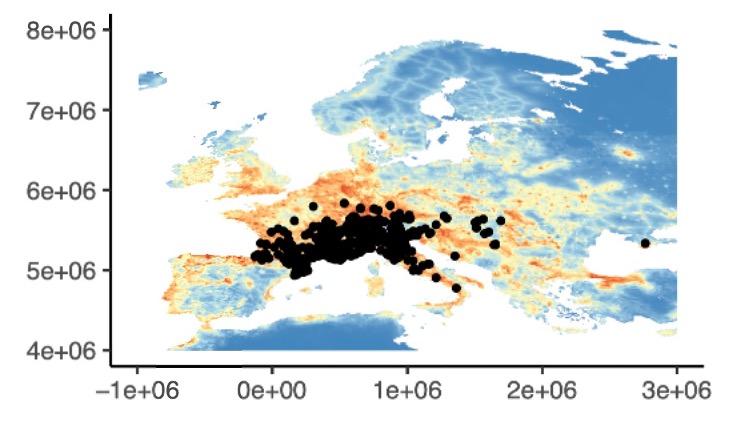
About two years ago, we launched an international study consisting of 19 authors from all over the world: USA, China, France, Serbia, Austria etc. Using complex model calculations (species distribution modelling), we identified regions that are colonised by the Sculptured Resin bee, and influencing factors for its spread. Much of the data was collected with the support of the public. Man-made landscape structures, such as road networks, settlements and ports and airports, facilitate the spread of the Sculptured Resin bee.
Click here for the article: https://doi.org/10.1016/j.scitotenv.2022.154246
Megachile sculpturalis (Hymenoptera: Megachilidae): A Valuable Study Organism for Invasive Pollinators and the Role of Beekeepers in Ongoing Monitoring Programs

Megachile sculpturalis was first recorded outside its native range in North America in 1994 and in Europe in 2008. Today, this distinctive bee is established in large parts of these two continents. In this article, we present the main characteristics of this bee species, its life cycle and its current distribution in colonised regions. We discuss possible ecological impacts on native bees. We also explore the role of beekeepers in monitoring projects and argue why they are valuable participants in participatory studies.
The article was published in the trade journal Bee World at the invitation of the editorial team in July 2021.
Click here for the article: https://www.tandfonline.com/doi/pdf/10.1080/0005772X.2021.1940580?needAccess=true
Evidence for multiple introductions of an invasive wild bee species currently under rapid range expansion in Europe
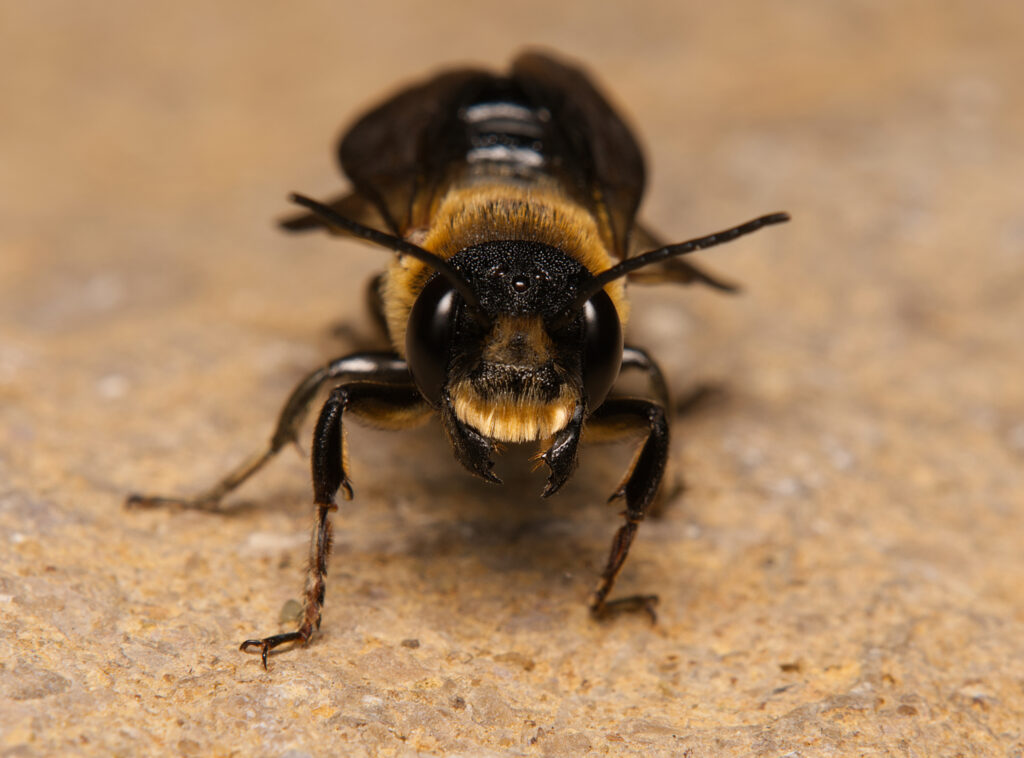
The Sculptured Resin Bee(Megachile sculpturalis) is Europe's first invasive wild bee. Since 2008, it has been spreading rapidly across the continent. We are the first research team to use population genetics to reconstruct the European dispersal history. Bees were collected as part of our Citizen Science project. We were able to identify several subpopulations in Central Europe. These results support the hypothesis that the current distribution is result of several, independent introductions of the wild bee on the European continent.
The first genetic study of the Sculptured Resin Bee was published in BMC Ecology & Evolution in February 2021.
Click here for the article: https://bmcecolevol.biomedcentral.com/articles/10.1186/s12862-020-01729-x
The Sculptured Resin Bee - a new bee species for Austria
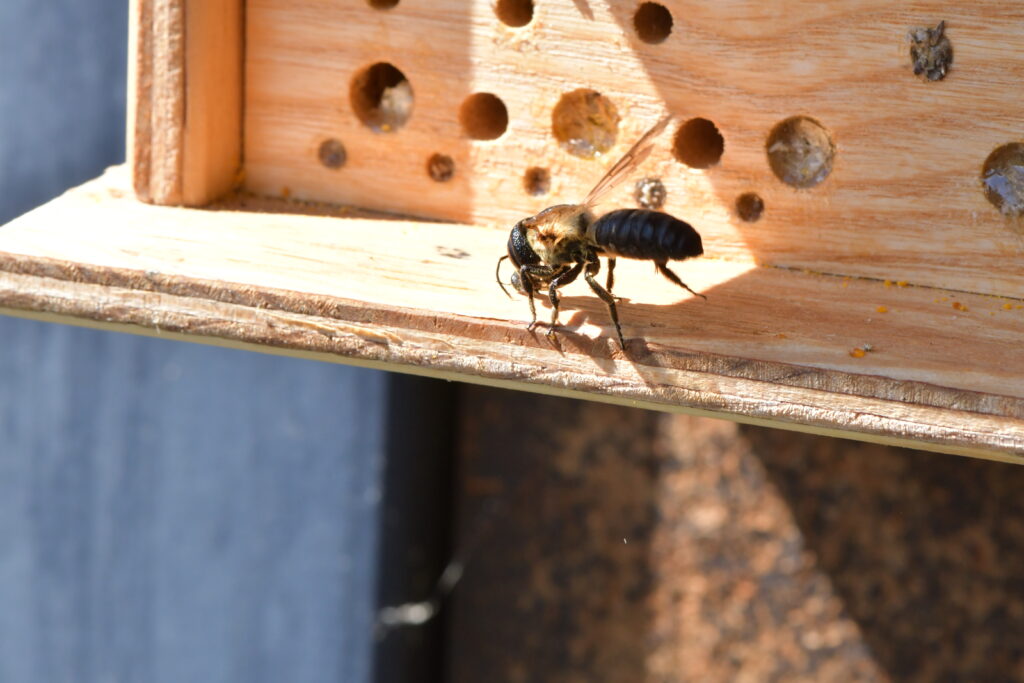
In this German-language article, we report on new findings on the spread of the Sculptured Resin Bee in Austria and the associated potential ecological consequences. Since the first sighting in Vienna in 2017 and the subsequent establishment of the Citizen Science Project, 53 confirmed observations have been documented in Austria. The majority of the observations took place in western Austria and Vienna. In the other federal provinces, there have been isolated findings so far. Citizen Scientists reported astonishing bee behaviour patterns: the invasive bee was observed clearing pupae and larvae from nests. In 2020, the Sculptured Resin Bee was even documented killing several Large-headed Resin Bees(Heriades sp.). This observation was reported and photographed by a participant at Lake Thun (Switzerland).
Together with a very dedicated Citizen Scientist, we wrote this report in the national journal Contributions to Entomofaunistics in December 2020.
Dispersal patterns of an introduced wild bee, Megachile sculpturalis Smith, 1853 (Hymenoptera: Megachilidae) in European alpine countries
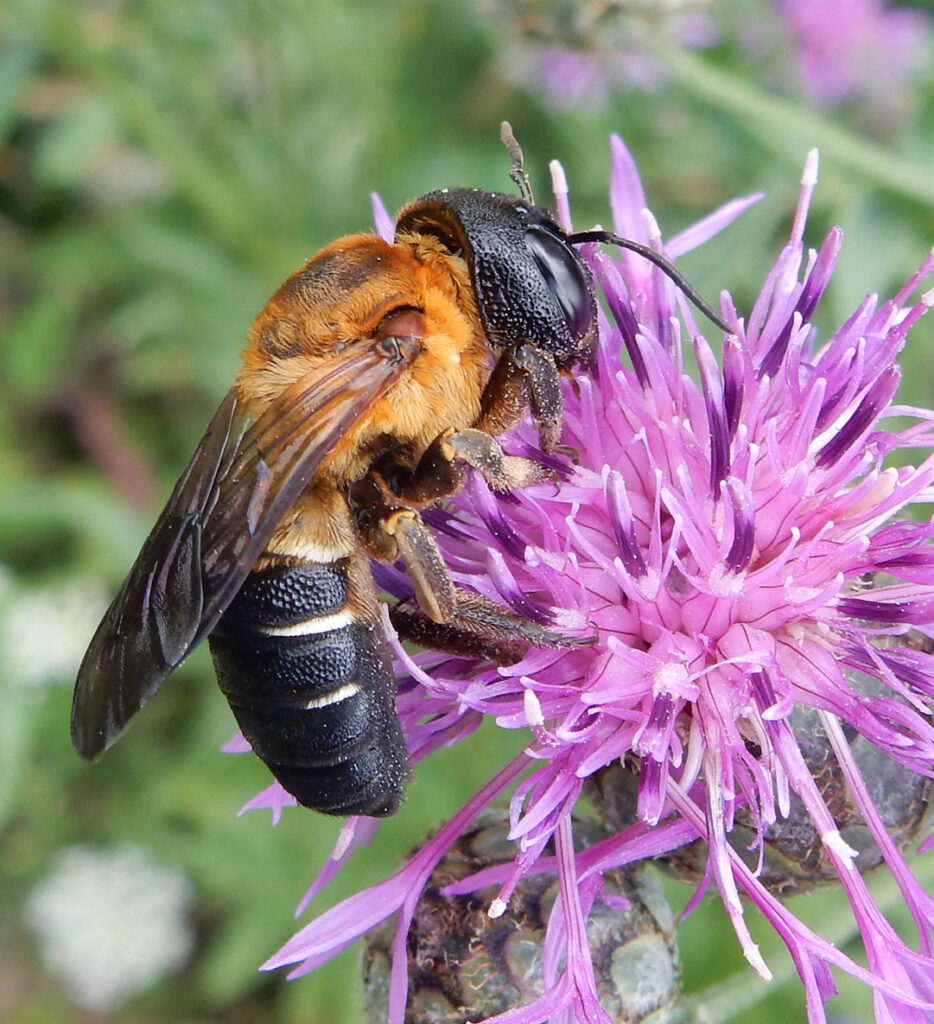
The Sculptured Resin Bee (Megachile sculpturalis Smith, 1853) is originally from East Asia. It is the first known wild bee, which have been accidentally introduced to Europe and has colonized the continent ever since. We present the successful establishment of the Citizen Science Project and show the current distribution pattern of M. sculpturalis in the Alpine region. After only two years, 111 new localities were recorded by citizen scientists in Switzerland, Liechtenstein and Austria. We found a remarkably in crease in population progression and spread. While Austria is in a young invasion stage, Switzerland is extensively colonised. The distribution pattern showed signs of a human-assisted, passive spread. We hypothesise that main traffic routes are used as possible intercontinental dispersal routes.
The article appeared in July 2020 in the trade journal PlosOne
Click here for the article: https://journals.plos.org/plosone/article?id=10.1371/journal.pone.0236042
Megachile sculpturalis (Smith, 1853) (Hymenoptera: Megachilidae), the giant resin bee new to South Tyrol with a newly described plant species interaction
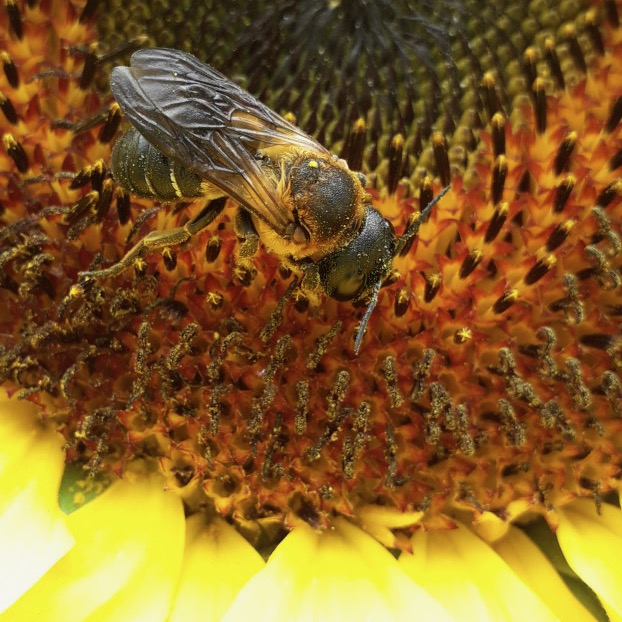
We published our first article on the Sculptured Resin Bee in 2019. We describe the first five occurrences in South Tyrol, which were partly recorded by citizen scientists. The first observation took place already in 2016, while more bees were sighted in the following years. The South Tyrolean observations also documented a previously unknown interaction with the sunflower. The sunflower probably served as a nectar source.
The article appeared in December 2019 in the journal Gredleriana
Read the article here: https://www.researchgate.net/publication/338487897_Megachile_sculpturalis_Hymenoptera_Megachilidae_the_giant_resin_bee_new_to_South_Tyrol
The content described here has been drawn from international research. The sources of the primary literature can be found under the heading Literature.
